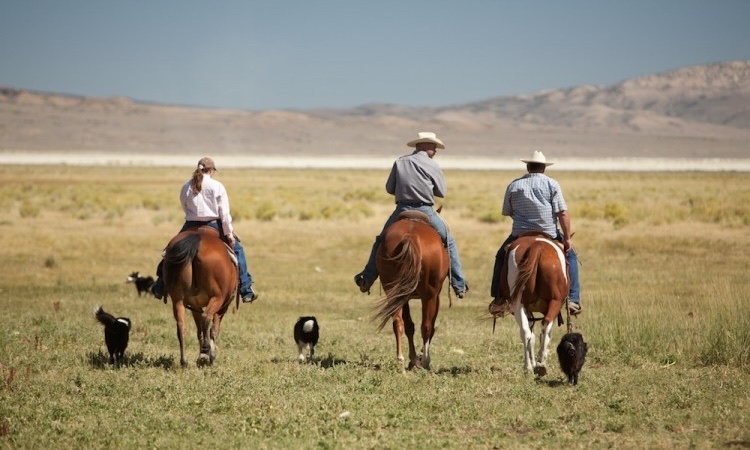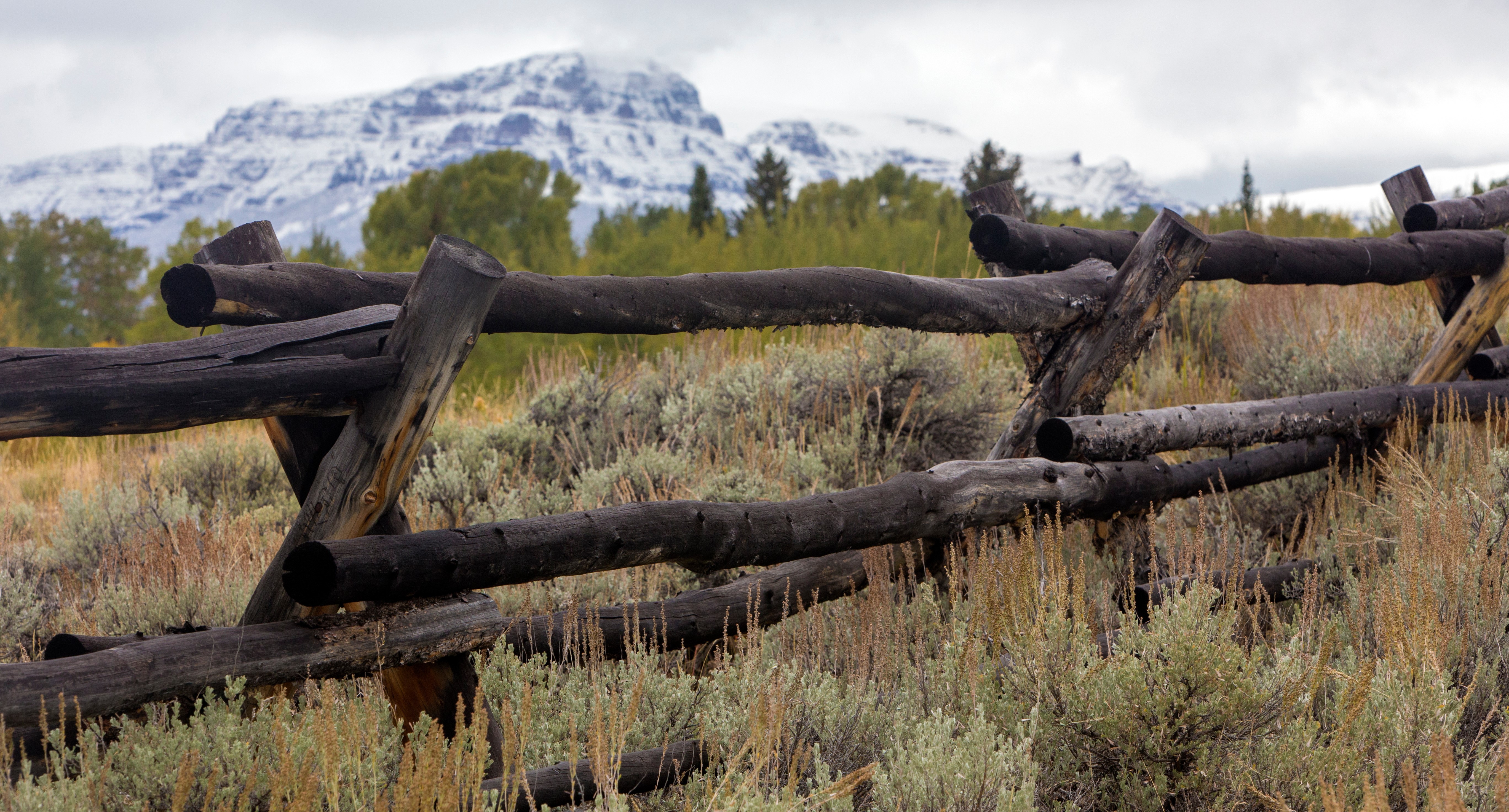
J.J. Goicoechea
In north-central Nevada, JJ Goicoechea can be found taking his two young daughters down to the water to see the sage grouse nesting or bald eagles circling in the sky. He’s proud of the more than 1.2 million acres of land – including private and public land across two ranching properties – his family cares for. “Even in years of drought, we are still taking care of the land and all of its wildlife. The animals and grasses are here and thriving.” JJ’s ranching history goes back nearly 100 years, when his great-grandfather came to Newark Valley in 1937. JJ’s father, Pete, was born and raised on the family ranch; and now, JJ, with his father, wife, and an employee, run cattle in that same valley. His daughters are the fifth generation in the Newark Valley. In addition to managing his family ranch, JJ is also the Eureka County Commissioner and a veterinarian. His ranch contributes significantly to the local economy. “Everything we buy is purchased locally from equipment for the ranch to groceries from the local market. My two girls are the fourth generation to attend Eureka County Schools, and we have been banking with the local bank since my grandfather opened an account over 60 years ago.” The ranch also provides high-quality protein to consumers beyond the U.S. The beef, which is free of growth hormones and antibiotics, is exported as far as Asia. However, a local natural beef program in the Intermountain West, keeps some of the product right there in the community.
New National Monuments Wreak Havoc on Ranching Families
The Antiquities Act of 1906 grants the President of the United States the authority to create national monuments on public lands, which presents a very difficult situation for ranchers in the West. These new designations disrupt local economies and the communities that reside on or adjacent to those lands. In addition, the livestock industry is gravely impacted when public land, which has been used for ranching for generations, is taken away. Although residents of the grazing districts in Nevada have an opportunity to provide input when land is considered for national monument designation, that input often falls on deaf ears.
“In the press we see mentions of local involvement in the decisions. However, our county commissioners were adamantly opposed and greatly voiced that concern. That didn’t impact the decision. Once these vast, sometimes millions of acres of land, are designated as monument space under the Act, they can never again be used in an economic manner consistent with local plans. Often the designations leave ranchers unable to build roads to reach their own ranches. They see reduced livestock graze on the land, the land is virtually off-limits, and that is very frustrating for the families who have relied on that open space for their livelihoods for generations.”
Advances in Ranching Techniques
Ranching has come a long way over the past few decades. Ranchers invest a great deal of time and money to build fire breaks and maintain the land, its water sources and animal life the right way. “My dad started one of the first rest rotation programs in Elko BLM District in the early 1970s. We now know that you cannot graze the same piece of land, in the same way, at the same time year after year, or you won’t get the forbs and grass and shrubs that you need to make the land sustainable for wildlife.”
JJ’s business also owns all the waters on the land, whether it is surface water or ground water certificated to the range. It is their responsibility to travel 40 miles one way to check on the waters that the mule deer, elk, antelope, sage grouse and cattle rely on. In the winter, someone from the ranch goes out to chop up the frozen water to make sure animals can get what they need to survive. As JJ says, “Someone has to check the water every day, no matter the weather.”
In fact, JJ’s dedication to the health of the land and its resources led him to make voluntary grazing management decisions including temporary reductions in the number of animals grazing because it was the right thing to do for the land. “We sit down collaboratively with Bureau of Land Management (BLM) representatives twice a year and advise them on what we know needs to be done to best maintain the land. Together, we then come up with a plan for the upcoming grazing season based on current conditions.”
Invasive plant species also present a large challenge for the health of the land. For example, over the last several decades, pinyon-juniper has traveled down from higher elevations, where they are native, to the lower lands. These woodlands take up a lot of the water needed for other native species on the land, and JJ and his family removed almost 500 acres of pinyon-juniper from private property. Now, he is seeing the health of sage grouse habitat increase, water levels rise, and native meadows coming back to life. “We do it ourselves because it is the right thing to do for the land and its resources.”
Unfortunately, ranchers also must deal with wildfires and are often first responders to such disasters. “In 1999, a wildfire burned over 1 million acres of land throughout our county. My dad was the county commissioner at the time, and he implemented a lot of changes to try to manage the spread of the fire. Now, we think outside of the box and create a lot of defensible space through livestock grazing. We intentionally graze on our private property to create fire breaks." In fact, the local government has come to the ranch to learn JJ’s methods.
Ranchers are truly stewards of the land. “Yes, we are harvesting the ranges. We are taking a plant species that we cannot eat and turning it into a protein source. At the same time, we are making the range healthier by reducing wildfire and invasive species. By having ranchers out on the range, we are helping the environment and preventing wildfires. If we are not here the land would not be thriving the way it is.”
